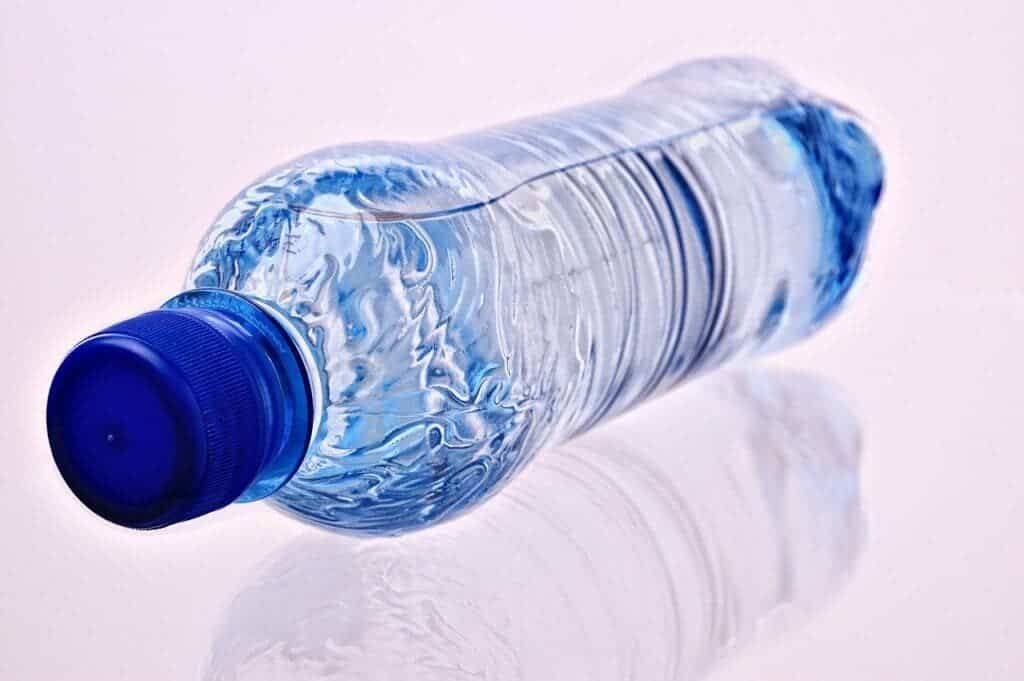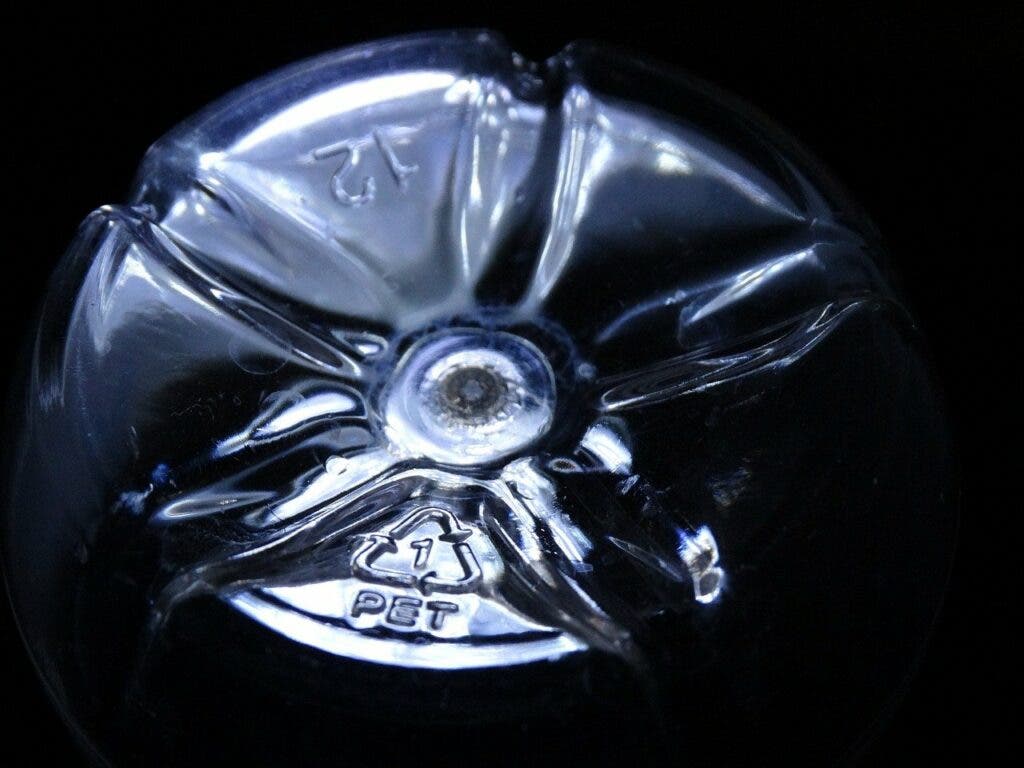Expiration dates on food labels are quite straightforward to understand: nobody wants to eat spoiled food. But much less clear is the purpose of such dates on bottles of water. This liquid, as we all know, pools in seas and oceans and stays there for billions of years, remaining ever-so-crisp. So, then, how come it spoils so quickly when poured into a bottle; what gives?

The answer lies not with the water itself, but its packaging — the plastic bottle — and the laws governing products that are meant to be consumed. So let’s get down to it.
First off, the legal context
Most areas of the world, and definitely all of those where big brands would like to do business, have some requirements around the sale of consumable food items. Water, despite being a natural substance, is functionally classified as a consumable food — and, as such, is subject to the same laws.
Now, it would be best to start with an overview of why consumable foods and other perishable items have an expiration date stamped onto them. First off, they serve to protect public health; as they spoil, foods can become infested with a wide range of bacteria and pathogens. According to the CDC, the five most common food-borne, disease-causing germs in the USA are Norovirus, Salmonella, Clostridium perfringens, Campylobacter, Staphylococcus aureus (‘Staph’), which can lead to outcomes ranging from light and severe food poisoning to outright infections.
On the other hand, such labels also give companies a way to guarantee the quality of their product up to the date they are intended to be used. If someone wants to file a complaint that their out-of-date meat tasted rotten, a company can point to the label and explain that they cannot be held accountable for the depreciated product as it was not used according to their instructions. So it also serves as a legal and brand defense.
This dual nature of expiration labels is most evident in the US, where federal regulations around product dating are very lax. “Except for infant formula, product dating is not required by Federal regulations,” the United States Department of Agriculture’s Food Safety and Inspection Service (FSIS) explains. However, “dates may be voluntarily applied [to] meat, poultry, and egg products under the jurisdiction of the Food Safety and Inspection Service […] provided they are labeled in a manner that is truthful and not misleading and in compliance with […] regulations”.
Additionally, for products except infant formula, there is no clear wording that companies have to apply to their labeling. The FSIS recommends that “Best if Used By” is used, as it is the clearest phrasing for consumers to understand and works best for reducing food waste. That being said, the wording is pretty much up to the manufacturer. Commonly-used phrases include “Best if Used By”, “Best Before”, “Sell By”, “Use By”, and “Freeze By” followed by the dates. So, although many food items get stamped with the date, knowing exactly what that date is supposed to mean in regards to the product’s condition at a certain point in time can be quite nebulous.
So now, on to bottled water.
PET phthalate leaching
Most bottled water today comes packaged in polyethylene terephthalate (PET) plastic. If a bottle is stamped with “PET” or a recycling symbol with the number “1” inside it, it is made of this type of plastic.

Although this material is quite stable chemically and does not tend to interact with water, PET plastic bottles are meant for single-use purposes. In the case of repeated or prolonged use, compounds released during the breakdown of this plastic can leach into the substances it contains, which can alter its taste, lead to potential health complications, or just make certain people uneasy about consuming the item.
For the most part, leaching is minimal and doesn’t pose a health risk. However, when single-use PET containers are reused multiple times, when they are stored at high temperatures, or when their contents are acidic, the rate of leaching increases dramatically.
The three main compounds that can leach into water from PET bottles are phthalates, antimony, and estrogen-like chemicals.
Phthalates (plasticizers)
Despite its name, PET is not a phthalate; however, these compounds may be added to PET plastic to improve certain physical properties such as flexibility, transparency, durability, or resiliency. And, over time, they can leach out. Such leaching is slow — but still noticeable — even for water kept in bottles at room temperature for short periods of time, according to Xu et al., (2020), J. Environ. Res. Public Health. Longer durations of storage, exposure to high temperatures, and exposure to UV rays increased the rate of phthalate leaching into the water, however.
Phthalates are a relatively wide ranging class of chemicals colloquially known as ‘plasticizers’, and can have a pretty wide range of effects in the body depending on their exact structure. Some of the more serious outcomes of phthalate exposure that we know of include obesity, increased likelihood of developing type-2 diabetes, asthma, or allergies, and it can even lead to infertility (in both women and men) or birth defects in newborns.
That being said, the expiration date on plastic water bottles is meant to account for this leaching effect under normal conditions. The study linked above found that “[part of the phthalate ester content] in PET bottled water originated from plastic bottles, which was related to the storage time and temperature,” but would “only pose a negligible risk to consumers if they follow the recommendations, such as storage at 24 °C, away from the sun,” for a short period of time. The results are based on a comparison of drinking water stored in PET bottles in a car trunk for over 4 weeks in July, and controls stored at room temperature over 4 weeks.
Antimony leaching
Antimony, also known as stibium, is quite a useful semimetal (or ‘metalloid’). Chances are there’s some antimony in the lead-based car powering your battery, its clutch and brakes, and in any hardier ball bearings around the house. In oxide form, antimony trioxide is also used during the production process of PET. The EPA set the acceptable limit of this heavy metal to 6 micrograms of antimony per liter of drinking water.

After the production process, some of the antimony compounds remain fixed in the PET plastic. And, to be fair, extremely small quantities of it leach out into the water under normal circumstances, according to Westerhoff et al., (2008), Water Res.. High temperatures however, around 85°C / 185°F, can promote the leaching of antimony up to dangerous concentrations in excess of safety limits.
Exposure to excessive antimony and antimony compounds can promote increases in cholesterol, or lead to a drop in blood sugar levels, and the compounds are possibly carcinogenic. There is also evidence that they have estrogen-like effects, meaning they interfere with our bodies’ hormonal balance and processes.
Mineral (sparkling) water leaches antimony and antimony-containing compounds at a different rate compared to other types of bottled water; this varies primarily based on the acidity and chemical characteristics of the liquid.
Estrogen-like chemicals
“When comparing water of the same spring that is packed in glass or plastic bottles made of polyethylene terephthalate (PET), estrogenic activity is three times higher in water from plastic bottles. These data support the hypothesis that PET packaging materials are a source of estrogen-like compounds,” explains Wagner, Oehlmann, (2011), The Journal of Steroid Biochemistry and Molecular Biology.
“Estrogen-like” compounds, also known as xenoestrogens, aren’t actually estrogens (a family of hormones that play a key part in the development and sexual differentiation of women) but they ‘act’ like estrogens in the body. They impact various hormonal systems and can lead to a very wide host of issues.
The study reports finding xenoestrogen contamination in 60% of the samples of commercially available mineral water it analyzed. Further testing using mollusks found that these compounds, leaching from plastic packaging, can “act as functional estrogens in [living organisms]”.
All this might seem quite worrying, it pays to keep in mind that PET bottles are quite safe if they are used as intended, for as long as they’re intended to be used — which is what expiration dates on labels are for. So while at first sight it might seem strange for a bottle of water to have an expiration date, hopefully, you now have a better understanding of why it needs one.


